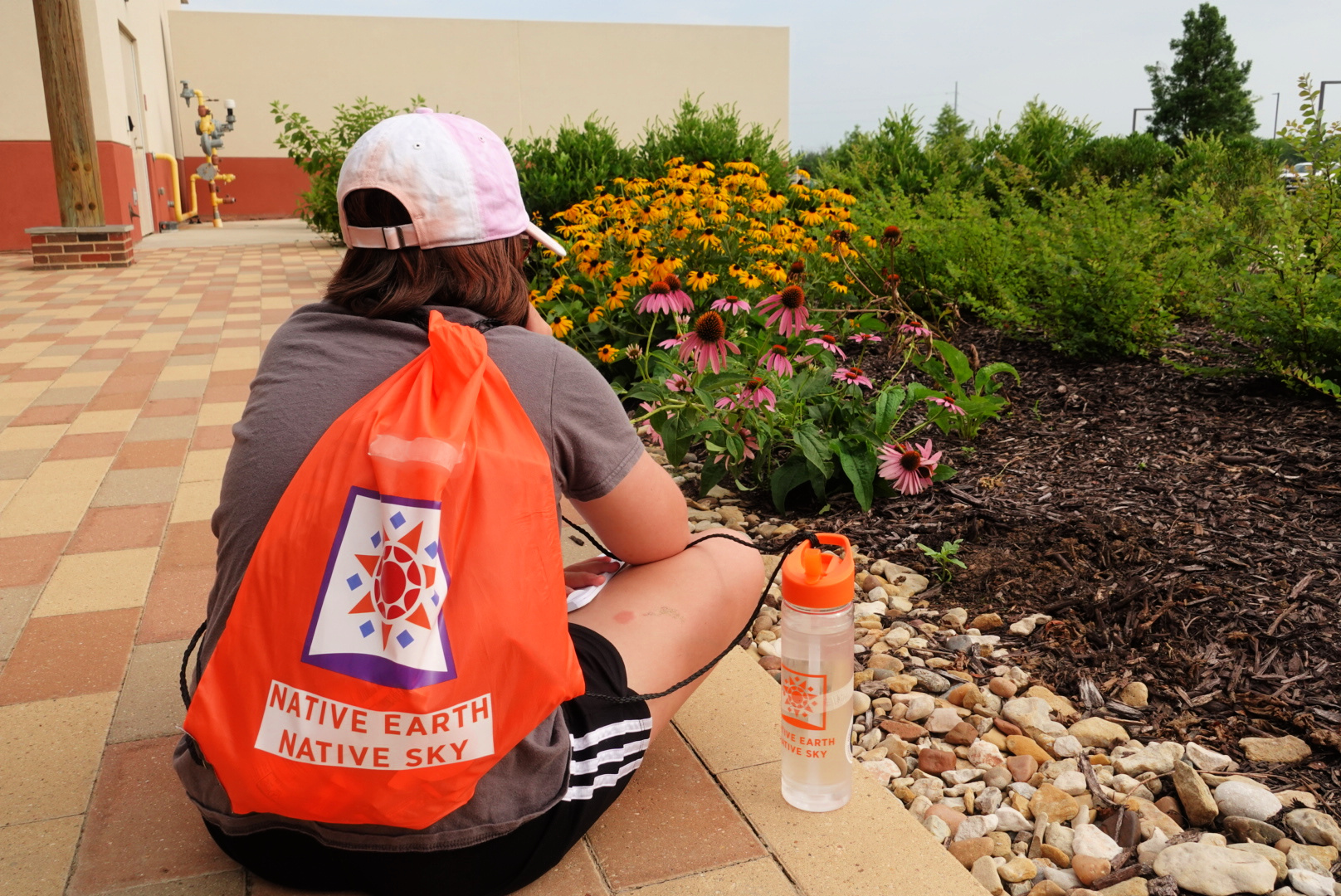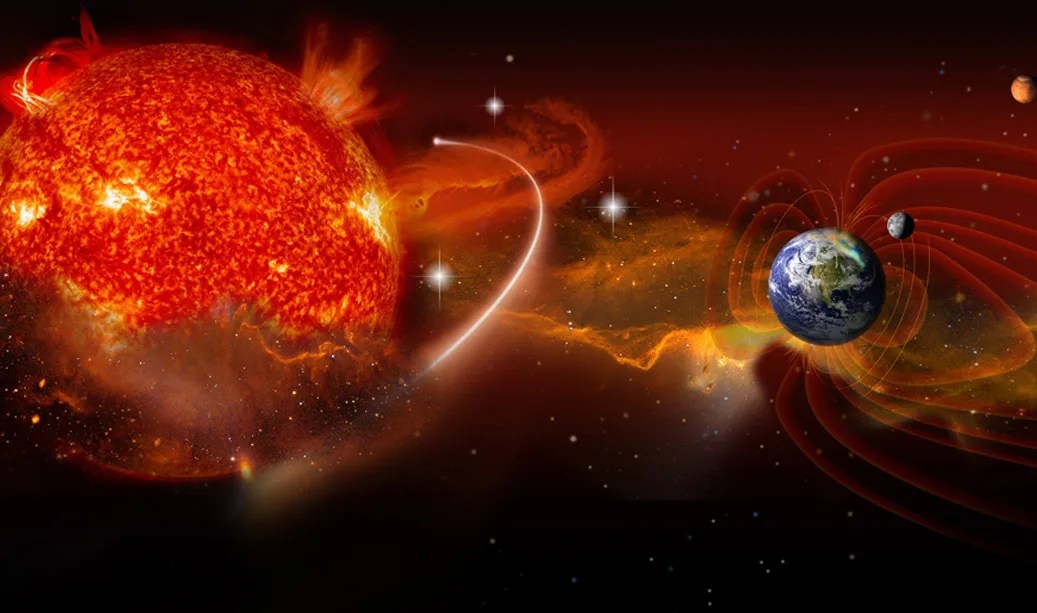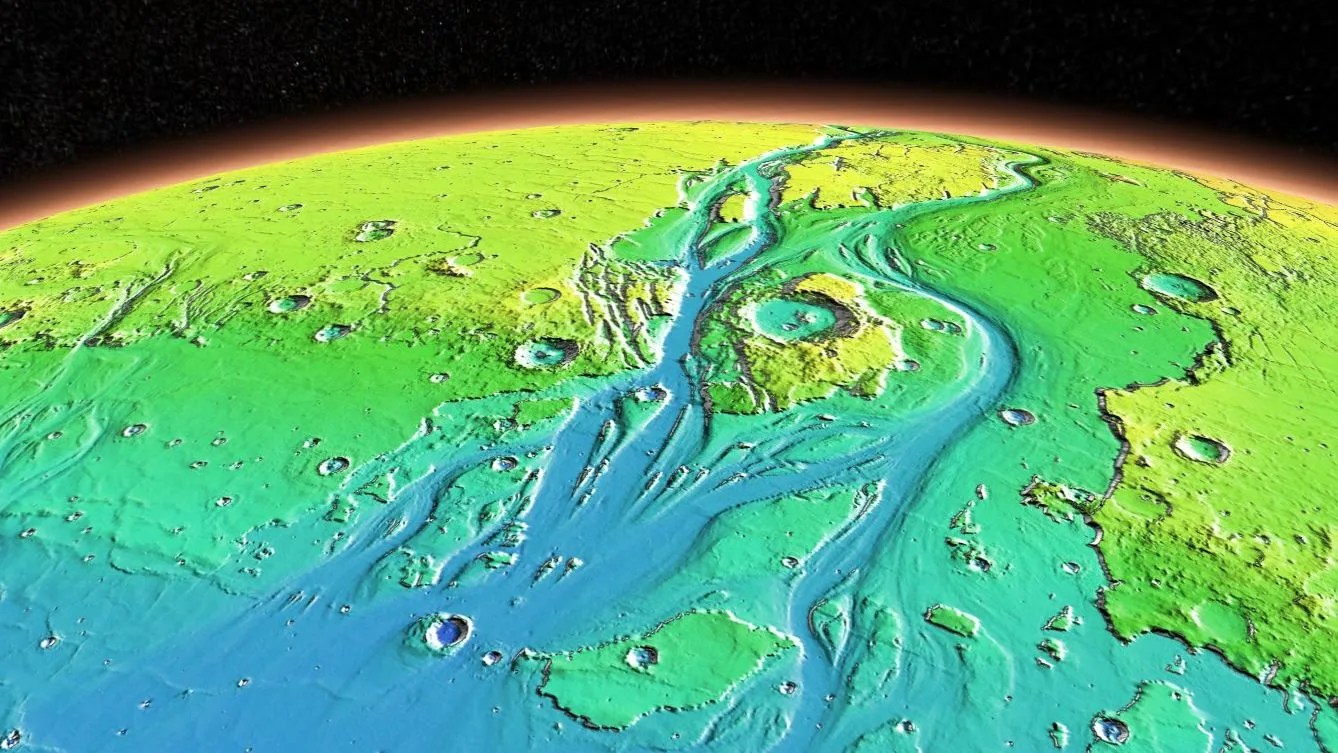Native Earth | Native Sky
Creating STEM programming for all middle school students to engage in Native American stories
The primary objective of the “Native Earth | Native Sky” (NENS) program is to build culturally-relevant earth-sky STEM programming for middle schoolers in three Oklahoma Native American nations that will increase the students’ understanding of and interest in STEM. Our hypothesis is that interweaving Native stories and language with STEM principles will aid in students’ understanding of earth-sky STEM topics and will allow the students to better identify with the concepts. The long-term goal is for Oklahoma State University to continue partnerships with the Native American nations of Oklahoma to ensure that Native Americans establish positive connections with STEM concepts and are encouraged to pursue STEM careers.
In the Native Earth | Native Sky program, we collaborate with three Native American nations in Oklahoma to co-create earth and space science STEM curriculum for middle school grades. We hope that interweaving native culture and language into each unique curriculum will allow the native students to better identify with STEM concepts and pursue STEM careers.
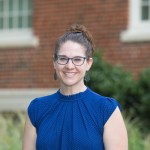
Kat Gardner-Vandy
Member of the Choctaw Nation of Oklahoma, Principal Investigator
We plan to accomplish the primary goal by pursuing four objectives for the Cherokee, Choctaw, and Chickasaw Nations of Oklahoma. Objective 1 is identifying earth-sky legends and earth-sky words in each nation’s language. This will be accomplished by interviewing elders and educators to research the most relevant earth-sky topics for each tribal nation. Objective 2 is creating tribe-specific STEM curriculum for middle schoolers that interweaves each nation’s legends and STEM principles from national/state standards. This will be accomplished by using evidence-based curriculum development protocols that include culture and language alongside STEM programming. The curricula will include videos from NASA scientists/engineers and community subject matter experts, as well as illustrations from the tribal nation. Objective 3 is testing the effectiveness of each curriculum in a summer camp and school setting within each nation. Objective 4 is providing professional development opportunities to teachers local to the nations and regional to OK. Objective 5 is identifying iterative design principles of the program. To do this, we will take results of student assessments and tribal feedback to hone each curriculum until it achieves the desired results. Once approved by the nations, we will publish an Open Educational Resource, which will be publicly disseminated through our project website.
Traditional knowledge and western science are both ways of knowing. When treated as equals, together they provide insights that neither one can alone.
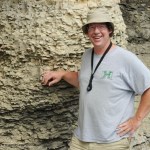
Tim McCoy
Citizen of the Miami Tribe of Oklahoma, Curator-in-Charge of Meteorites at the Smithsonian Institution
This program addresses not only the top-level SciAct objectives (enabling STEM education, improving US scientific literacy, advancing national education goals, and leveraging efforts through partnerships) but also addresses the specific focus areas for NASA funding opportunity NNH20ZDA001N-SciAct. That is, the NENS program provides “a process by which Subject Matter Experts can engage with learners” and “a process by which to broaden participation of under-represented and under-served learners.” We have formed a collaboration with a current SciAct program that has a similar goal of serving underrepresented populations (Native Americans and Alaska Natives). The NENS program also directly links to the 2018 NASA Strategic Plan Strategic Objective 3.3 in which NASA aims to “Inspire and Engage the Public in Aeronautics, Space, and Science” by directly “increasing public knowledge of NASA’s work and fostering an understanding and appreciation of the value of STEM, and enhancing opportunities to teach and learn.” Finally, in the 2018 Strategic Plan, NASA outlines ways it will serve the American public and support National priorities. One of these ways is by “Addressing National Challenges”; serving underrepresented populations like Native Americans is aligned with this NASA Mission element. The successful completion of this project will not only have a positive outcome for STEM education in these three Native American nations, but it will also lead to an increased participation of an underrepresented important people group in the national STEM workforce. This program will allow STEM teachers to bring Native American cultural perspectives into the classroom. This is relevant for teachers throughout Oklahoma (where there is a high portion of Native American students across school districts) and also teachers throughout the United States.
Through Native Earth | Native Sky, students explore the great expanse of space and STEM while deepening their connection to their culture. Dr. Gardner-Vandy’s vision for developing curriculum in collaboration with tribal stakeholders is especially important.

Elizabeth Payne
Founding Director, Center for Sovereign Nations at Oklahoma State University
Project Website
View our website to download our free curriculum.
https://education.okstate.edu/research/centers/native-earth-native-sky/



























